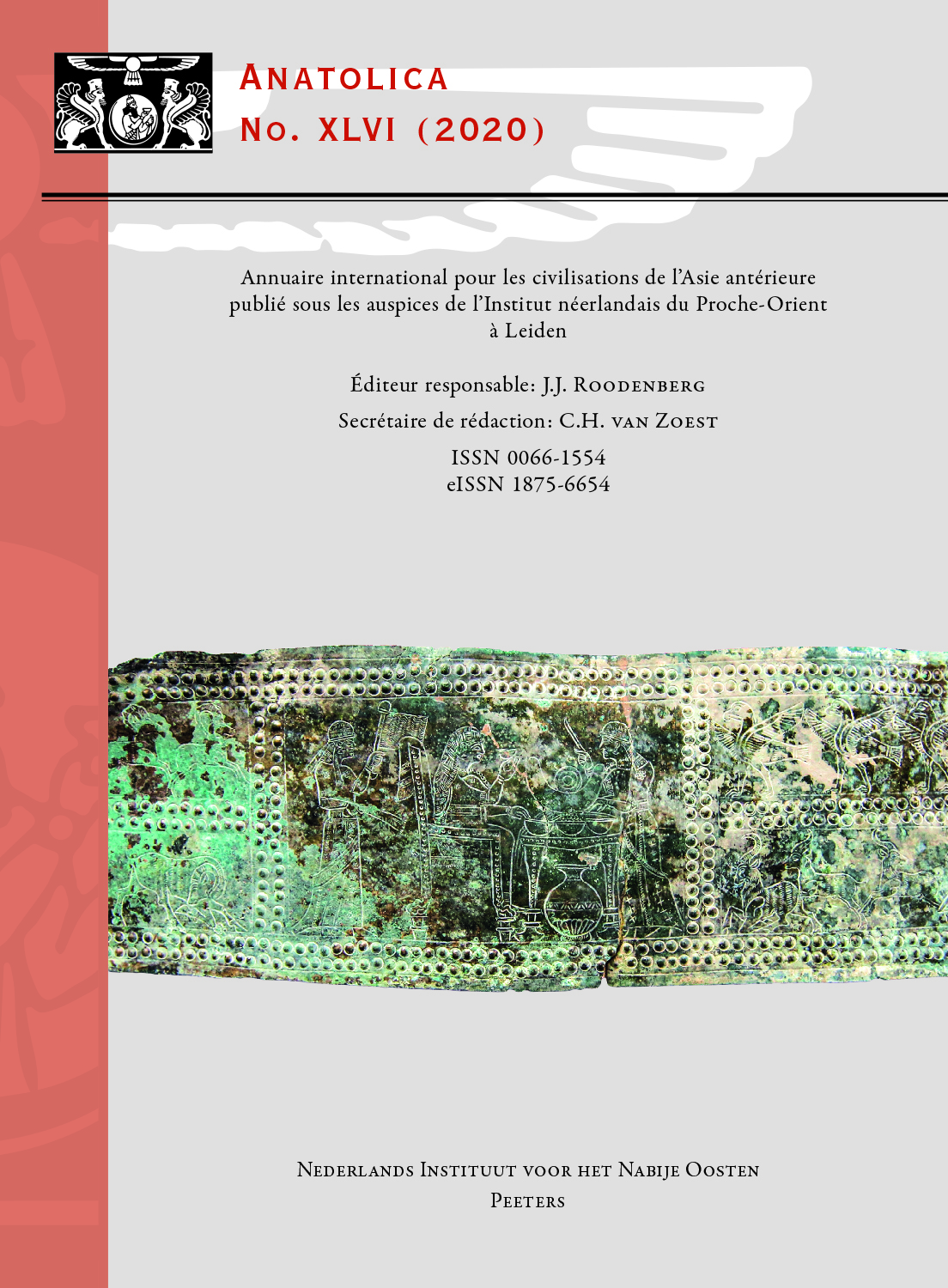 previous article in this issue previous article in this issue |

|
Document Details : Title: Chalcolithic Caprines, Dark Age Dairy, and Byzantine Beef Subtitle: A First Look at Animal Exploitation at Middle and Late Holocene Çadır Höyük, North Central Turkey Author(s): ARBUCKLE, Benjamin S. Journal: Anatolica Volume: 35 Date: 2009 Pages: 179-224 DOI: 10.2143/ANA.35.0.2038076 Abstract : North central Anatolia, comprising the northern portion of the Classical province of Cappadocia, is well known archaeologically as the heartland of the Hittite empire and as such the Late Bronze Age of this region has been intensively explored for almost a century. Although research on the Neolithic and Chalcolithic of the southern central plateau has been active for decades, the prehistoric sequence in the northern part of this region is still largely a “blank slate” (Steadman et al. 2007:385; although see Schoop 2005). As a result, key events, such as the development of increasingly complex pre-state societies in the Late Chalcolithic and Early Bronze Age as well as the Hittite collapse and the subsequent transition to the Early Iron Age are only poorly understood, particularly from a paleoeconomic perspective. Moreover, since Late Bronze and Iron Age centers have been the focus of much of the archaeological research in this region little is known about how agro-pastoral systems, the foundations on which such societies were built, were organized or how they responded over time to patterns of regional political centralization and decentralization, population movements, climatic crises, and social upheavals from the Chalcolithic onwards. This paper focuses on addressing some of these gaps by presenting the first results of ongoing zooarchaeological work at Çadır Höyük, a multi-period mound site located in north central Anatolia (Yozgat, Sorgun, Turkey). Çadır presents a unique opportunity to examine the organization of the animal economy at a ‘rural center’ on the northern Anatolian plateau and to begin to frame these systems and their change over time in context of changes in the site’s function and regional sociopolitical context through the middle and late Holocene. This report focuses on analysis of faunal remains from Late Chalcolithic, Late Bronze Age, Iron Age and also Byzantine contexts. The primary goal is to outline the nature of the animal economy in these periods and to define its change through the stratigraphic sequence. A secondary focus is to begin to place faunal evidence from Çadır into a larger regional context. |
 |
